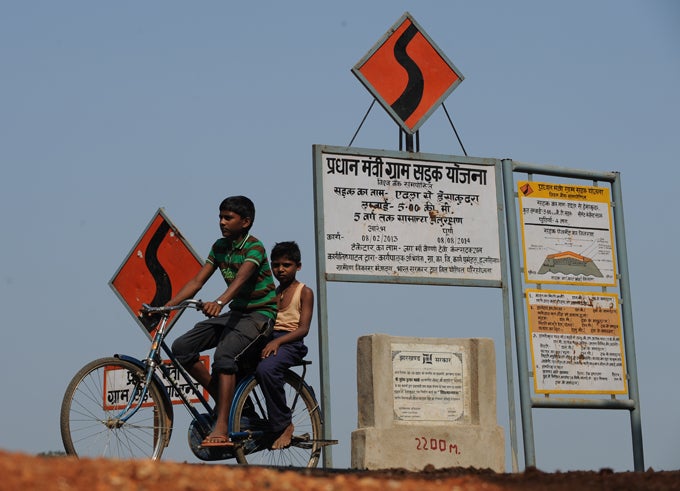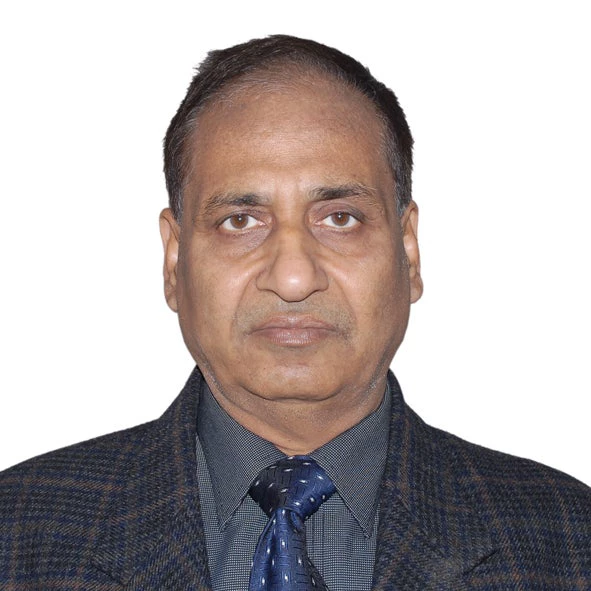Let’s look at the case of India where 500,000 km of rural roads have so far been built by the country’s flagship rural roads program ( PMGSY). These roads, connecting some 120,000 settlements, have already started transforming the rural areas of the country.

These roads form part of a core network of 1.1 million that India is seeking to build through its ongoing $35 billion PMGSY program to provide about 179,000 rural settlements with road access. The project has been designed to deliver high-quality, sustainable roads in a timely and cost-effective manner. PMGSY’s main source of funding is a special tax on diesel. Since the PMGSY began, the World Bank has been working closely with the Indian government through a series of projects and knowledge initiatives, with funding of about US$1.8 billion.
What roads to build, and where? With some 800,000 habitations spread across all kinds of terrain - hilly, desert, scrubland, plateau - it’s not easy to decide just which villages should be connected first and to where. To take guesswork, ad-hoc decision making and political influence out of the process, and focus investments where they are needed most, PMGSY has devised an objective and systematic approach to determine which roads should be prioritized first. This system has been found to be much more reliable than the earlier approach. In this manner, a core road network of 1.1 million km has been identified - one that is optimal to connect each rural settlement to nearby market centers.
Environment-friendly designs, transparency and independent monitoring: PMGSY has made a conscious effort to adopt standardized procedures, embrace the latest technologies, and follow best practices. This has led to far greater efficiency at every stage of road construction, from design to procurement, contract management, and quality assurance. One important initiative is the use of environmentally optimized road designs that take advantage of local and marginal materials such as river sand and local gravels, and can reduce the cost of road construction by about 25%. Moreover, PMGSY procures all civil works through an e-procurement system to streamline the process and ensure transparency. In addition, each PMGSY road is independently monitored for the quality of its engineering design and construction. Local communities are also actively involved during the project selection, design, construction, and maintenance stage – making sure that the road network adequately meets their needs.
What about maintenance? Many countries tend to focus on building new roads, but pay little attention to their subsequent maintenance. In India, the lack of proper maintenance translates into annual losses of about $20 billion in road asset value. To avoid this pitfall and make sure the new rural roads can continue providing adequate levels of service, PMGSY lays special emphasis on maintenance. PMGSY requires that the states provide the necessary maintenance funds, and that all road contracts include built-in provisions for 5 years’ maintenance. In addition, many states have also established strict maintenance and asset management policies and introduced community based maintenance contracts, all to ensure that PGMSY roads stay in good condition long after the construction crews are gone.
Effective monitoring: PMGSY uses an On-line Monitoring, Management, and Accounting System (OMMAS) that allows everybody involved with the program to operate on the same principles and with the same data. OMMAS has turned out to be a very effective tool for monitoring and transparency, from the national level right down to local levels. One very effective tool is Mere Sadak ‘My Road’, a mobile based application that allows citizens to send their feedback and grievances to the road agencies, which can then address them in a time-bound manner.
How can the PMGSY experience help other countries? PMGSY has acquired a wealth of experience with its comprehensive package that places emphasis on sustainability, with issues such as climate change, asset management, and road safety being taken very seriously. Many of India’s states have started to adopt the PMGSY framework for their rural road programs. Let’s hope the PGMSY approach can inspire other countries to move toward providing ‘road access to all’, and connecting rural communities to opportunity and services in a sustainable way.



Join the Conversation